The Streblus asper, or the Chinese Mulberry, is a versatile and beloved plant in Vietnam, often chosen for its ornamental value and ability to thrive indoors, adding a touch of greenery to homes.
1. What is the Chinese Mulberry?
Origin and Significance of the Chinese Mulberry
 Origin and Cultural Significance of the Chinese Mulberry
Origin and Cultural Significance of the Chinese Mulberry
Scientific Name: Streblus asper
Family: Moraceae (Mulberry Family)
Common Names: Chinese Mulberry, Yellow Mulberry, Rough-Leaved Streblus
Native Range: China, India, Southeast Asia
Distribution in Vietnam: Rural areas and countryside
The Chinese Mulberry is a popular choice for landscaping and garden design, often used as a living fence due to its resilience and ability to withstand harsh weather conditions. Additionally, it is believed to bring good luck and positive energy to homeowners, making it a favored plant in Vietnamese culture.
Feng Shui Significance of the Chinese Mulberry
 Feng Shui Significance of the Chinese Mulberry
Feng Shui Significance of the Chinese Mulberry
In the context of Feng Shui, the Chinese Mulberry is considered a lucky plant, believed to attract positive energy and prosperity to its owners. It is said to bring good fortune, enhance career paths, and create a harmonious and peaceful home environment, free from negative influences.
Furthermore, traditional beliefs hold that the Chinese Mulberry possesses the power to ward off evil spirits and misfortune, fostering a sense of tranquility and well-being within the family. Anyone can grow this tree, regardless of their age or life path, as it is not bound by traditional compatibility rules.
Characteristics and Classification of the Chinese Mulberry
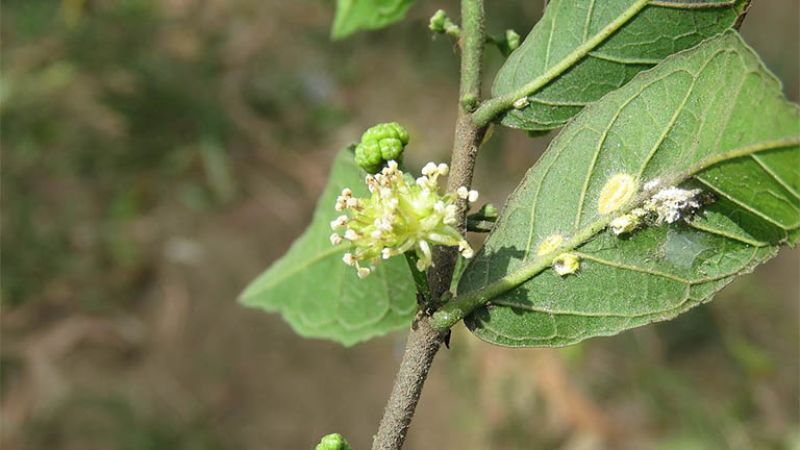 Distinctive Features of the Chinese Mulberry
Distinctive Features of the Chinese Mulberry
Here are some notable characteristics of the Chinese Mulberry:
- Trunk: The tree has a sturdy, moderately sized trunk with a straight, upright form. It is characterized by its durability and long lifespan.
- Height: Mature trees typically reach a height of 4 to 8 meters.
- Leaves: The leaves are a deep shade of green, shaped like narrow ovals with pointed tips. They measure approximately 2 to 7 centimeters in length and 15 to 35 millimeters in width. The leaf surface has a rough texture and a serrated margin.
- Roots: The Chinese Mulberry has a robust root system with thick, taproots that penetrate deep into the soil.
- Flowers: The flowers are either male or female, with the female flowers borne singly on individual stalks and the male flowers growing in clusters at the tips of branches. They are small and spherical, with a yellowish-green hue.
- Fruit: The fruit is a small, round berry, measuring around 8 to 10 millimeters in diameter. It has a golden-yellow color, a soft skin, and a sweet, fleshy taste when ripe.
2. Benefits of the Chinese Mulberry
Health Benefits
 Health Benefits of the Chinese Mulberry
Health Benefits of the Chinese Mulberry
The Chinese Mulberry is prized for its medicinal properties, often used in combination with other herbs to treat various ailments. All parts of the plant, including the roots, leaves, branches, flowers, fruit, and bark, have therapeutic benefits. Here are some specific ways in which the Chinese Mulberry is used in traditional medicine:
Kidney Stones: The leaves of the Chinese Mulberry are effective in treating kidney stones, especially in the early stages of the condition and for smaller stones.
How to Use:
 Toothache Relief
Toothache Relief
Toothache Relief: The bark of the Chinese Mulberry is an effective remedy for toothaches, helping to alleviate pain and inflammation.
How to Use:
Skin Abscesses: The sap of the Chinese Mulberry is useful in treating skin abscesses, reducing pain, and calming inflammation.
How to Use:
The seeds of the Chinese Mulberry are also used to treat skin conditions like eczema and vitiligo.
3. Growing and Caring for the Chinese Mulberry
Planting the Chinese Mulberry at Home
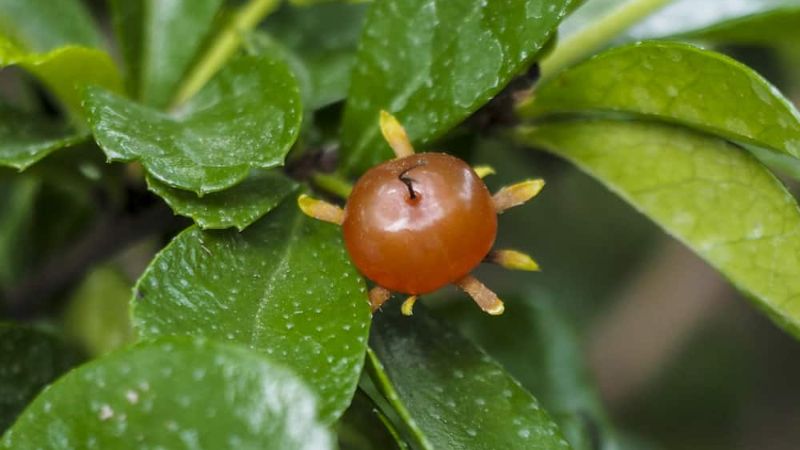 Growing the Chinese Mulberry at Home
Growing the Chinese Mulberry at Home
The Chinese Mulberry can be propagated by seed or cuttings, with the latter being the more common method as it accelerates the growth process. When selecting a cutting, choose a mature but not overly aged branch that is healthy, firm, and free from pests or diseases.
Spring is the ideal season to plant the Chinese Mulberry. Enrich the soil with coconut coir and nitrogen-rich fertilizer to provide essential nutrients and ensure a loose, well-drained growing medium. After planting, remember to water regularly to maintain adequate moisture levels.
Caring for the Chinese Mulberry
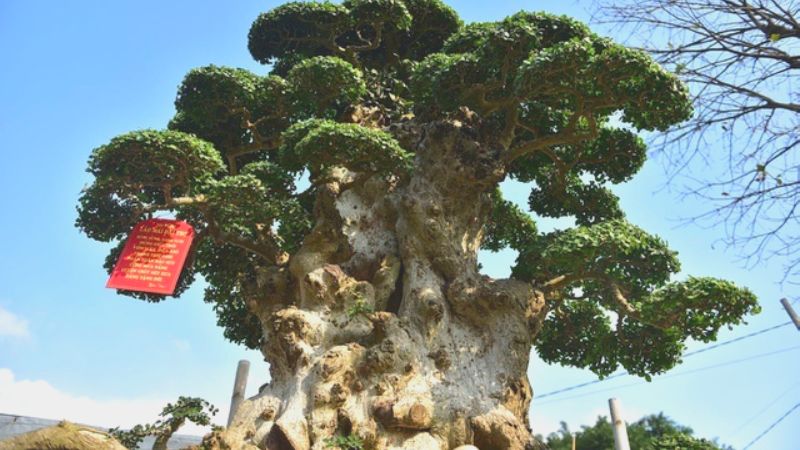 Caring for the Chinese Mulberry
Caring for the Chinese Mulberry
The Chinese Mulberry thrives with regular watering and moisture, as it is a water-loving species with poor drought tolerance. Its pliable branches make it ideal for shaping and pruning, and the leaf-changing season is the best time for these activities. Consider repotting the plant during spring, the rainy season, or when the leaves start to show signs of aging.
Notes on Growing and Caring for the Chinese Mulberry
 Important Care Tips for the Chinese Mulberry
Important Care Tips for the Chinese Mulberry
To maintain the beauty and health of your Chinese Mulberry, ensure regular and adequate watering, providing moisture to the soil. Avoid over-fertilizing, as this can hinder the plant’s growth.
4. Captivating Chinese Mulberry Varieties
 Attractive Chinese Mulberry with a Distinctive Form
Attractive Chinese Mulberry with a Distinctive Form
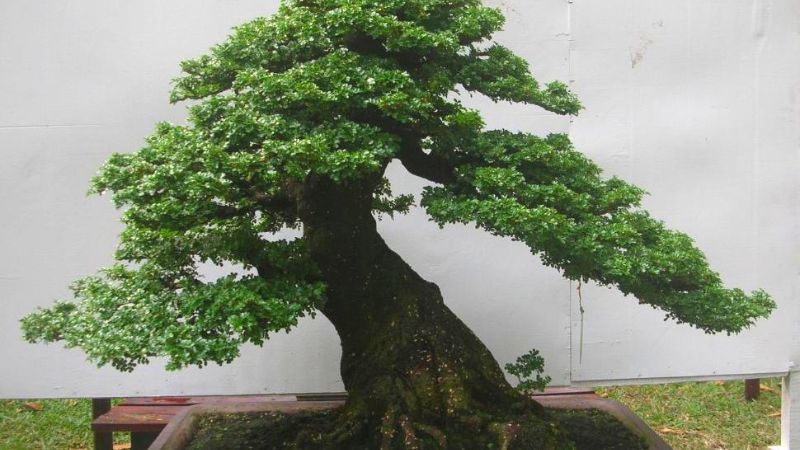 Chinese Mulberry Bonsai with an Ancient Tree Appearance
Chinese Mulberry Bonsai with an Ancient Tree Appearance
 Chinese Mulberry Shaped Like a Dragon
Chinese Mulberry Shaped Like a Dragon
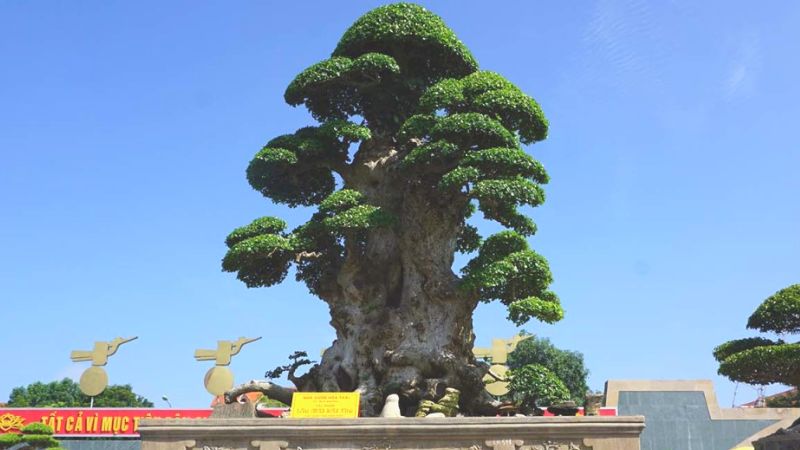 Majestic Chinese Mulberry with a Grand Appearance
Majestic Chinese Mulberry with a Grand Appearance
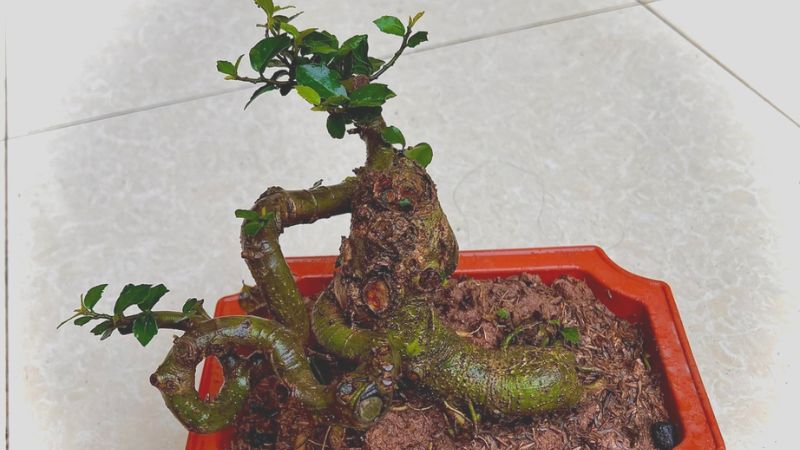 Chinese Mulberry Bonsai with Graceful Curves
Chinese Mulberry Bonsai with Graceful Curves
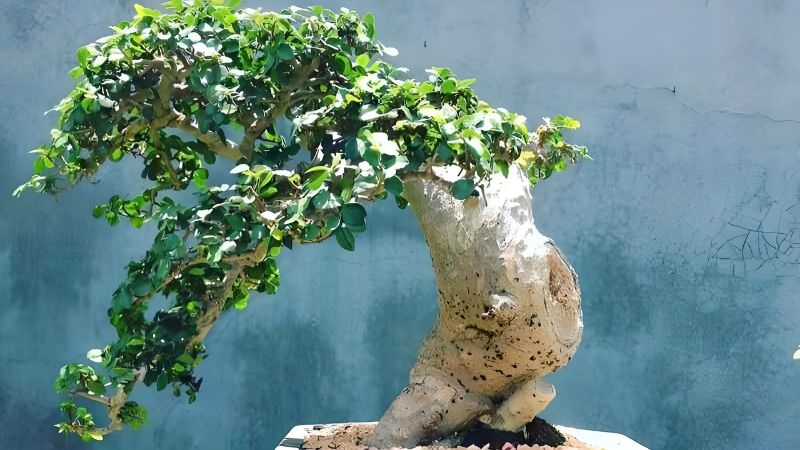 Mini Chinese Mulberry with a Unique, Rare Form
Mini Chinese Mulberry with a Unique, Rare Form
We hope this article has provided you with a comprehensive understanding of the Chinese Mulberry, its characteristics, benefits, and cultivation methods. Stay tuned for more informative content to enrich your life!
2023 Lunar New Year Gift Ideas for Older Family and Friends
As 2021 approaches, families worldwide are gathering to celebrate the special bond between grandparents and their grandchildren. To show their love and admiration, these thoughtfully chosen gifts will bring a smile to the face of the elderly. Here, we have compiled a list of the 13 most meaningful Tet presents that can bring joy to our beloved grandparents.






































